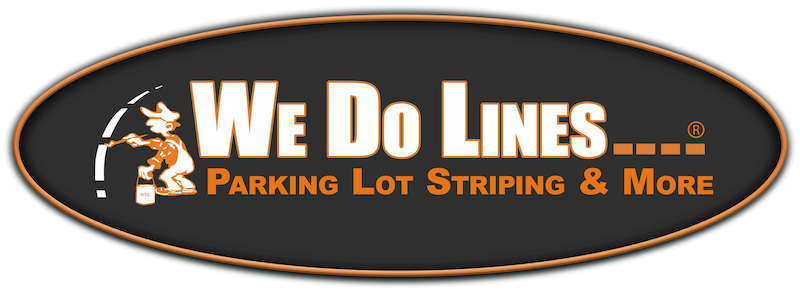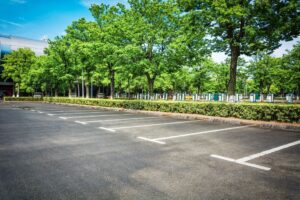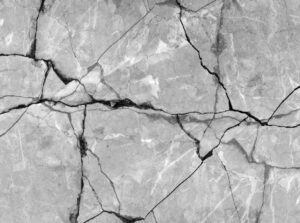Concrete is a widely-used building material known for its strength and ability to retain heat. You’ll find it in homes, driveways, commercial buildings, and various structures. However, like all things, concrete isn’t invincible. It can suffer damage over time due to a variety of factors, including the elements, wear and tear, or even errors during its creation.
When concrete starts showing signs of wear and tear, it’s time for remediation, or repair. This article explores the common types of concrete damage and the methods used for concrete remediation.
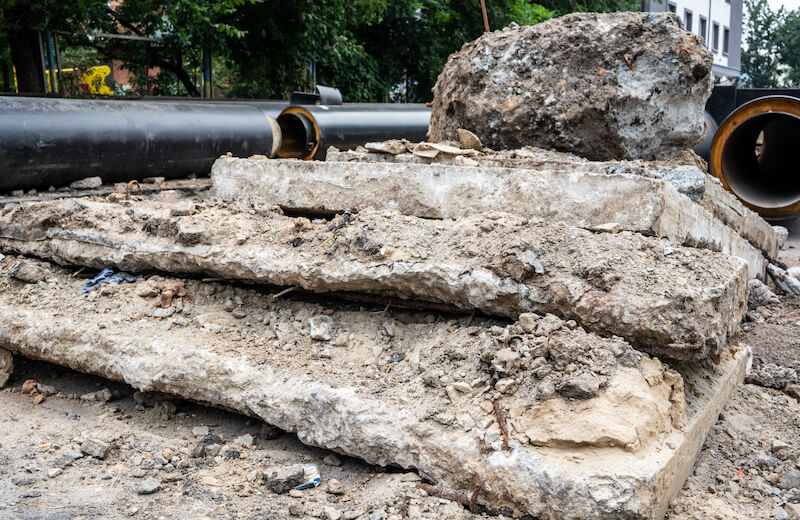
Common Types of Concrete Damage
Concrete can face various challenges leading to damage:
- Concrete Cancer: This issue arises from moisture within the structure, often due to corrosion in the embedded steel. This rust can infiltrate the concrete, causing it to crack.
- Chemical Damage: Accidental exposure to chemicals or intentional chemical use can result in lasting damage to concrete.
- Structural Damage: Various factors, including natural elements, installation problems, and even the removal of formwork (de-shuttering), can weaken concrete. This may lead to cracks or even structural failure.
- Fire Damage: Although concrete itself doesn’t burn, the extreme heat during a fire can cause air within the concrete to expand, potentially leading to explosive consequences.
- Joint Failure: Concrete relies on joints to accommodate contraction and expansion. Over time, these joints may fail due to shifting structures, contaminants, or other factors, leading to weakness or complete collapse.
- Waterproofing Issues: Waterproofing is often applied to concrete to protect against moisture damage. Incorrectly done waterproofing, however, can contribute to concrete damage.
- Rendering Problems: Rendering involves applying cement to a structure’s internal framework. If done improperly, it can cause cracks or crumbling.
- Human Error: Mistakes in the curing process, poor workmanship, incorrect mixing, and more can all contribute to concrete problems.
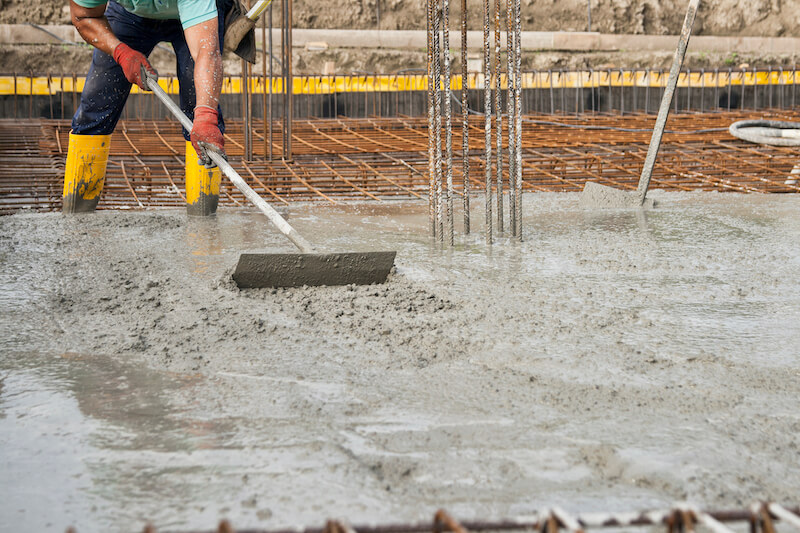
Methods of Concrete Remediation
Concrete remediation comes in various forms, each tailored to the specific type and extent of damage:
- Dry-Pack: Ideal for small holes in concrete, this method involves creating a sticky mixture of cement, sand, and water, which is then packed into the damaged areas.
- Concrete Replacement: Extensive damage may necessitate removing the damaged concrete and replacing it with new materials. Typically, the existing reinforcing steel remains in place.
- Replacement of Concrete Slabs: Damaged sections of horizontal slabs can be repaired by bonding a sand and concrete mixture to the existing concrete. Alternatively, epoxy resins and latex emulsions with Portland cement can be used.
- Preplaced Aggregate Concrete: This specialized technique is employed for significant damage, particularly in underwater structures. It involves removing damaged concrete, forming repaired sections, filling them with coarse aggregate, and pressure grouting the spaces between particles with cement or a sand/cement mixture.
- Synthetic Patches: Modern concrete repair solutions often utilize epoxy-resin compounds for their exceptional strength. These compounds are used to bond and patch damaged areas. The resin is applied to the existing concrete base, and mortar is applied to match the surrounding elevation.
Choosing the Right Method
Selecting the appropriate concrete remediation method depends on several factors, including the type and location of damage, the cause of the damage, whether the building is occupied, and whether it’s insured.
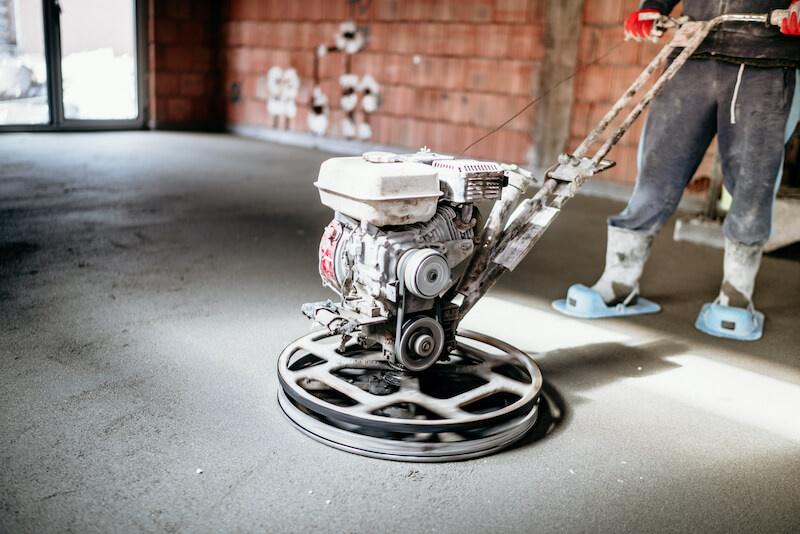
The Importance of Timely Concrete Repair
Addressing concrete damage promptly is crucial. Neglecting it can lead to worsening conditions, potential injuries resulting in expensive medical bills and legal action.
Signs that your concrete needs repair include cracks, uneven walking surfaces, pooling water, or a generally deteriorating appearance.
We Do Lines: Your Concrete Repair Experts
We Do Lines specializes in concrete repair, using advanced techniques to restore concrete to its former strength. Most importantly, we aim to get your area back to full-traffic use in just a few hours. Our services cover various structures, from curbs and parking decks to handicap ramps, potholes, sidewalks, and warehouse floors. With over a century of combined industry experience, we offer not only concrete repair but also signage, parking lot marking, striping, warehouse floor signage, and more. Contact us today for a free estimate and ensure the longevity of your concrete structures.
